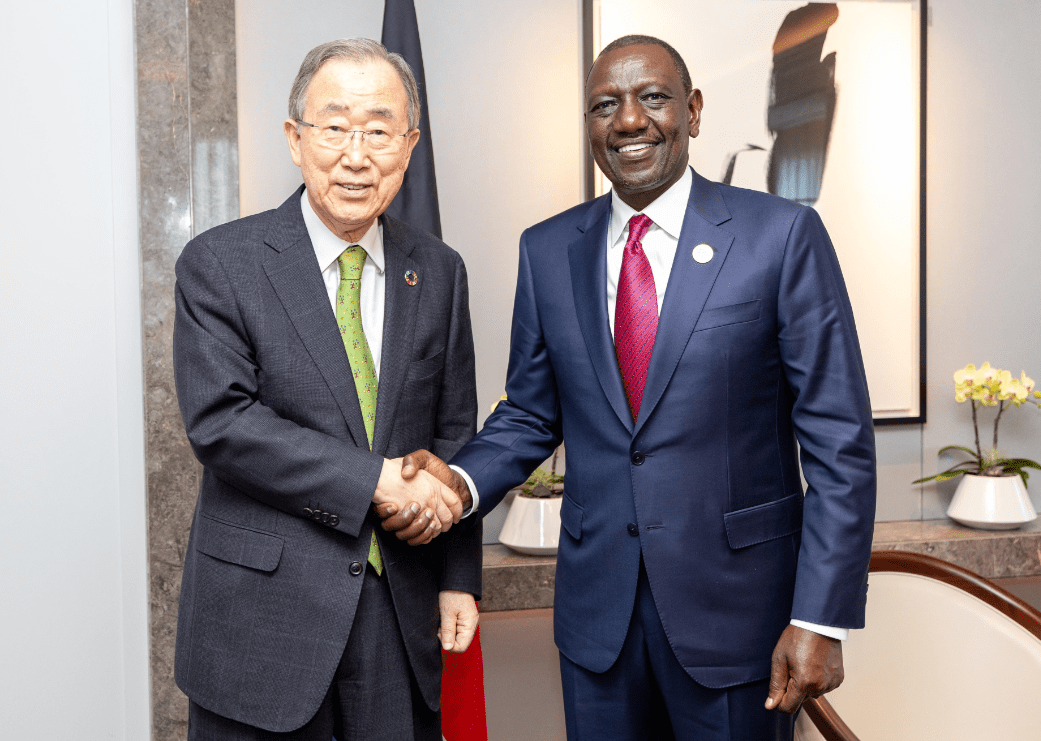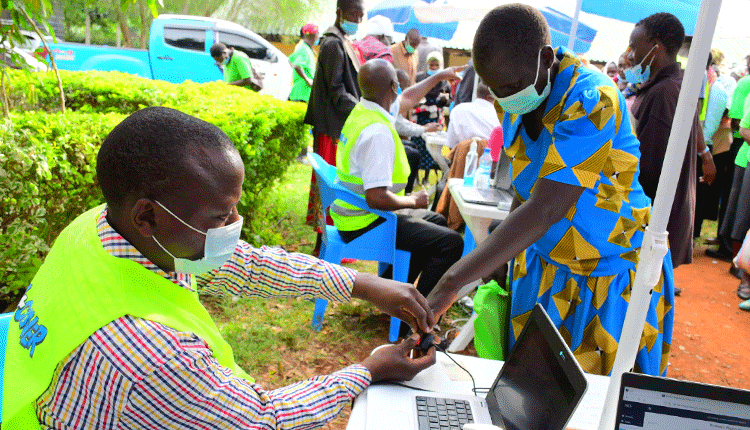Alternative nicotine products can save many lives

If there have been any silver linings in the Covid-19 pandemic, one of them must be a greater appreciation of science.
From rapid testing to improved hygiene techniques and from genomic sequencing to vaccines, scientists have used their expertise to guide the world away from what could have been an even more devastating scenario.
Their evidence-based advice has steered politicians and other policymakers globally, while the public has been comforted by the knowledge that the best minds are working to protect them.
One must hope that this enlightened approach will shape public health policies and attitudes long into the future.
Sadly, there are already signs that some policymakers and stakeholders would instead continue to rely on prejudice, superstition, dogma and scaremongering when it comes to our safety and wellbeing.
Take the issue of tobacco harm reduction, a concept that seeks to reduce the health impacts of cigarette smoking by moving smokers towards less risky alternatives.
This approach is gaining traction in countries whose progressive and data-driven tobacco control policies significantly reduce smoking rates.
In countries such as the US, UK and other European nations, innovative alternative nicotine products are helping smokers to quit their deadly habit by switching to a much less dangerous option than traditional combustible cigarettes. And that is saving lives.
In Kenya, however, too many naysayers are determined to stick to the failed policy of quit-or-die and the myths used to perpetuate it.
Most recently, there have been calls by some activists to ban nicotine pouches, despite a ground-breaking new study showing that they are the safest oral product available in Kenya.
The University of Nairobi’s Faculty of Medicine report is the first significant analysis of the health risks of the traditional tobacco and oral stimulants used in Kenya.
The researchers concluded that users who chose modern and science-backed tobacco-free nicotine products, such as pouches and nicotine replacement therapies (NRTs), had the lowest exposure risk to cancer-causing chemicals.
Their report calls for an in-depth review of all smokeless tobacco, areca nut and khat products in Kenya that would measure their health risks and should be used to guide regulations. Implementing this would help address one of the biggest challenges facing advocates of tobacco harm reduction in Kenya: convincing policymakers that tobacco control needs to be more evidence-based.
It’s unavoidable that far too many people believe tobacco and nicotine are inextricably linked.
Although people smoke cigarettes for the nicotine, it’s the burning of tobacco that causes the vast majority of the diseases related to smoking.
Nicotine, like many other legal stimulants, can cause addiction. But appropriate evidence-based regulation would ensure two things: that adult consumers use it responsibly and achieve the public health goal of reducing smoking-related disease. It would also ensure that those under 18 years of age do not access these products. The fact that nicotine pouches do not require combustion and do not contain tobacco means they have a risk profile close to pharmaceutical nicotine products.
Research by leading scientific publications shows that nicotine pouches are also helping more adult smokers to quit successfully than NRTs such as lozenges, gums and patches, which are on the World Health Organization’s list of essential medicines.
Despite the evidence, opponents choose to ignore it. They argue that these potentially lifesaving products should be categorised just as, or even more harshly, than the far riskier combustible cigarettes.
As a result, smokers who find it difficult to quit are denied the incentive and opportunity to move to products that are proven to be safer.
It’s a denial of science, and the consequences can be deadly.
As the pandemic has shown, our leaders must dispel the myths and follow the science when making decisions on public health.
—The writer is a medical doctor in Public Health Interventions















